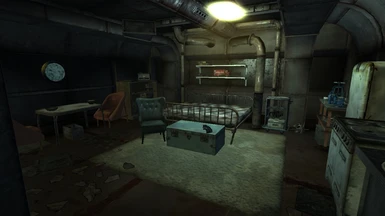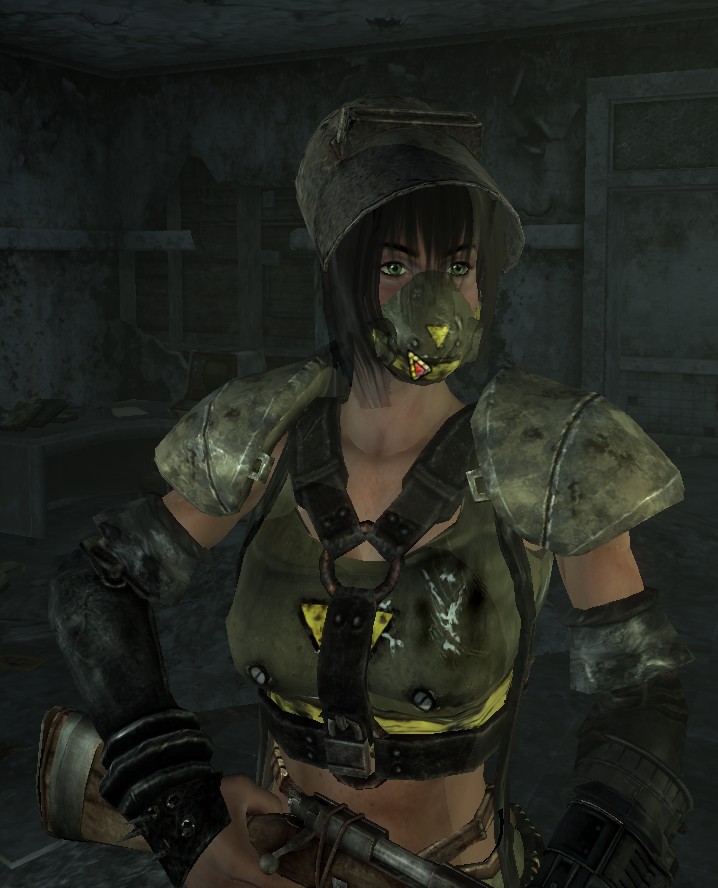

For many years, analysis of air samples has shown risk levels far below regulatory limits. Since the end of above-ground nuclear weapons testing, the day-to-day radiation in air readings from monitoring sites has fallen.

Some above-ground weapons testing by other countries continued until 1980. After the Limited Test Ban Treaty of 1963 was signed by the United States, the Soviet Union and Great Britain, most above-ground blasts ceased. Over time the number and size (or yield) of these blasts increased, especially in the late 1950s and early 1960s. Between 19, hundreds of above-ground blasts took place around the world. The United States conducted the first above-ground nuclear weapon test in southeastern New Mexico on July 16, 1945. Very little radioactivity from weapons testing in the 1950s and 1960s can still be detected in the environment now. Some have very short half-lives and decay away in a few minutes or a few days, like iodine-131, which has a half-life of 8 days. Some stay in the environment for a long time because they have long half-lives, like cesium-137, which has a half-life of 30.17 years. About Radioactive Fallout From Nuclear Weapons TestingĪbout Radioactive Fallout From Nuclear Weapons Testingįallout typically contains hundreds of different radionuclides.


 0 kommentar(er)
0 kommentar(er)
